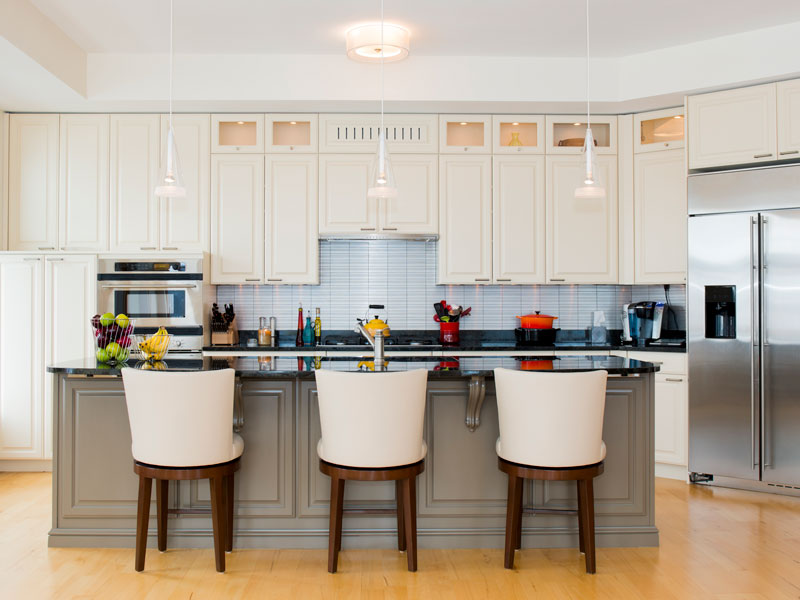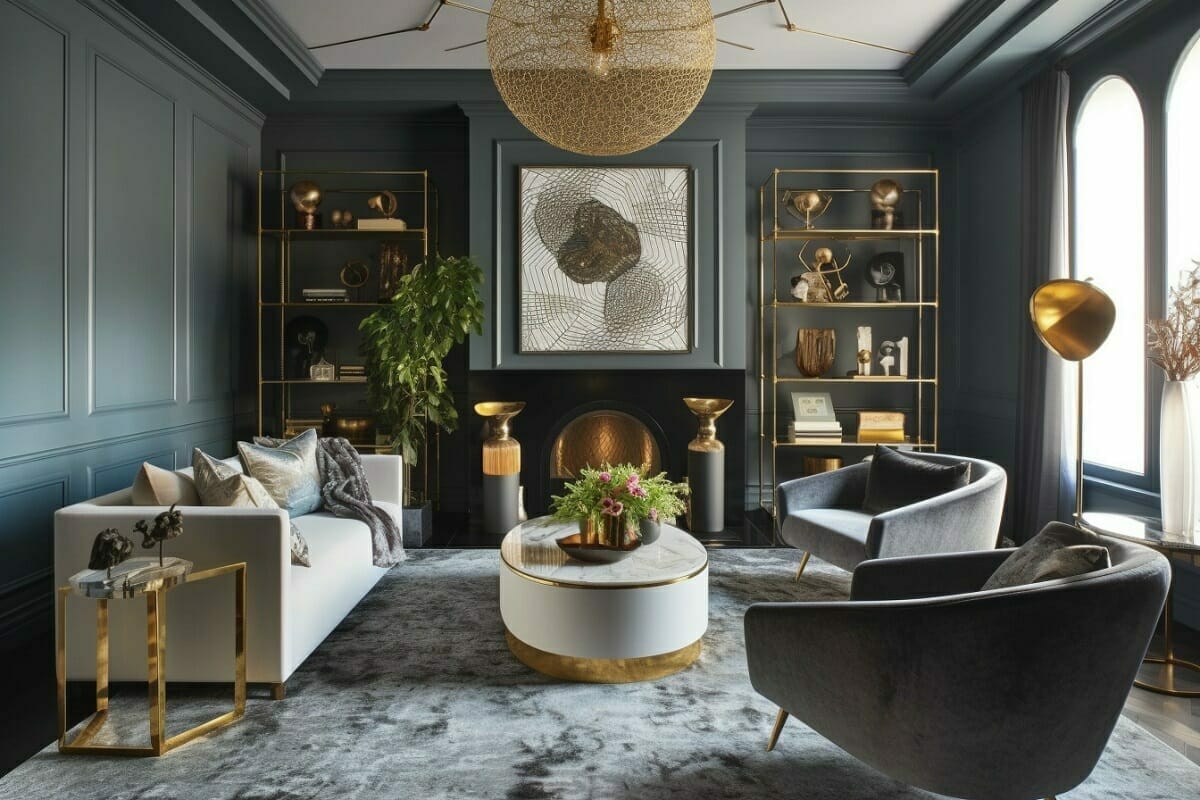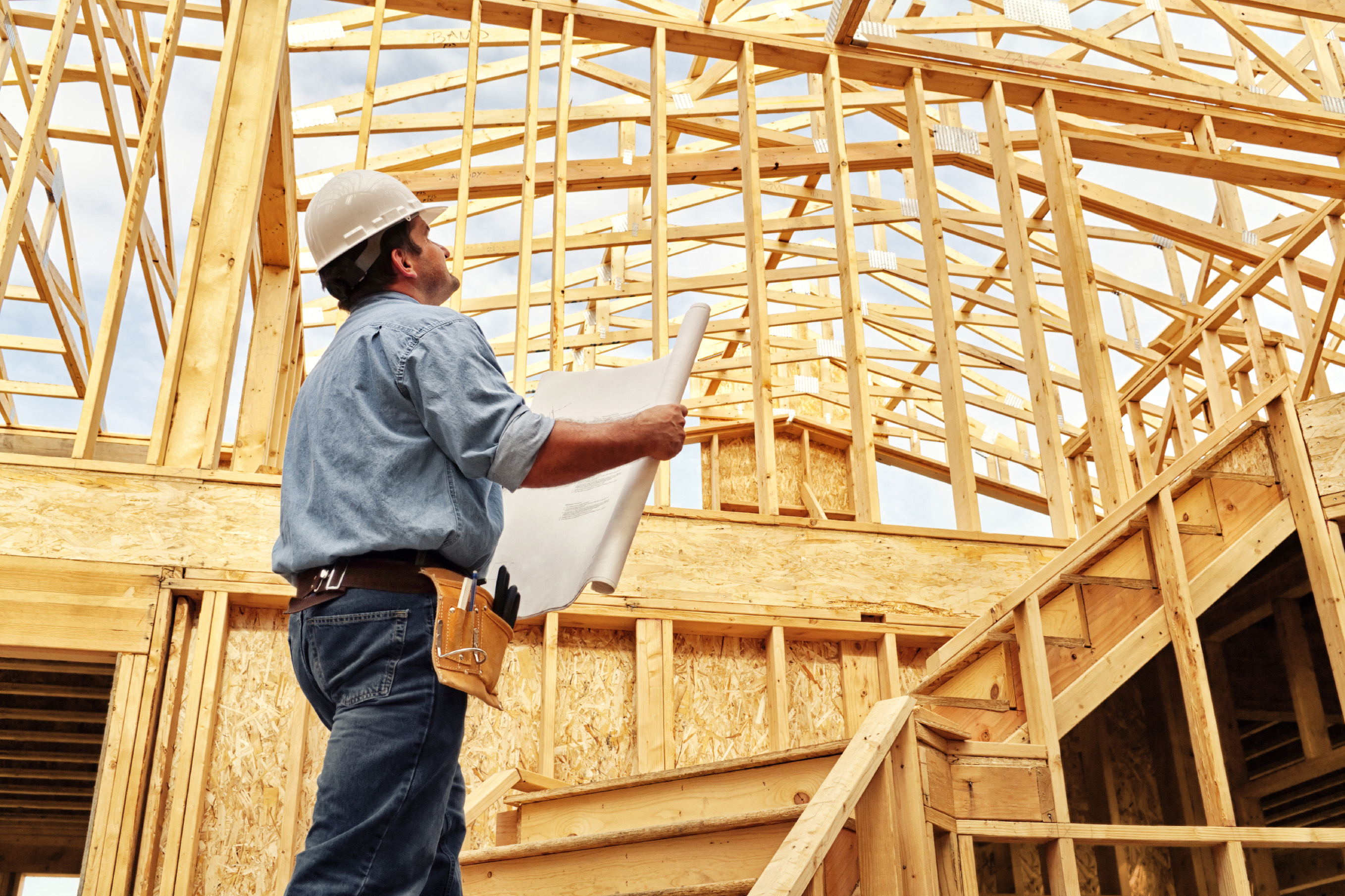Tips and Tricks On How to Get the Most Out Of Your Kitchen and Bath Designs

Designing your kitchen and bathroom can be a daunting task, as they are two of the most important rooms in your home. Not only do they serve functional purposes, but they are also where you spend a significant amount of time. Whether it is kitchen design, bathroom design, or both it is wise to get high-quality results with the least costs.
Therefore, it’s essential to create designs that are not only visually appealing but also practical and functional. This article will provide you with tips and tricks on how to get the most out of your kitchen and bath designs. Whether you’re starting from scratch or looking to make some updates, these tips will help you create a space that is both beautiful and functional.
When it Comes to Kitchen Design
Kitchen design is an ever-evolving field that requires an eye for detail, creativity, and a comprehensive understanding of the latest trends and technology. Good kitchen design is critical for making a kitchen both functional and aesthetically pleasing. It includes the selection of appliances, materials, colors, lighting, storage, layout, and more.
Here are some tips and tricks to consider when designing a kitchen:
Plan the layout: Consider the work triangle when placing the sink, stove, and refrigerator. The distance between these three items should be no less than 4 feet and no more than 9 feet. Also, ensure that the kitchen has enough counter space for food preparation.
Storage: Make sure there’s enough storage space to keep kitchen items organized. Use shelves, cabinets, and drawers to maximize storage space. You can also incorporate pull-out shelves or corner cabinets to use every inch of space.
Lighting: Good lighting is essential in a kitchen. Make sure to have ample natural light and incorporate artificial light sources such as under-cabinet lighting, pendant lights, and recessed lights.
Flooring: Choose a durable and easy-to-clean flooring option such as tile, hardwood, or vinyl.
Appliances: Invest in high-quality appliances that fit the kitchen’s size and design. Consider energy-efficient options to save money on utilities.
Colors and materials: Choose colors and materials that complement each other and create a cohesive look. Select materials that are easy to clean and maintain, such as granite or quartz countertops.
Style: Choose a style that suits your personal taste and the overall design of your home. Whether it’s modern, traditional, or rustic, ensure the kitchen design aligns with the rest of the house.
Functionality: Ensure the kitchen design meets your functional needs. This includes having enough seating for family and guests, having enough storage space, and incorporating a designated area for meal preparation.
Ventilation: Proper ventilation is essential to remove cooking odors and moisture from the kitchen. Install a range hood or exhaust fan to keep the air clean.
Budget: Set a budget before starting the kitchen design process. Consider the cost of appliances, materials, and labor to ensure the project stays within budget.
A good kitchen design should include both form and function and should be tailored to the homeowner’s individual needs and lifestyle. Professional kitchen designers can help create a kitchen that is both stylish and practical, while also reflecting the homeowner’s personality and taste.
When it Comes to Bathroom Design
Bathroom design is an important part of interior design, as it needs to be both functional and aesthetically pleasing. The design of a bathroom should take into account the needs of the user, including storage and access to water, as well as any special requirements, such as wheelchair accessibility.
Here are some tips and tricks to consider when designing a bathroom:
Plan the layout: Determine the best location for the sink, toilet, and shower/tub. Ensure that there’s enough space between each fixture to allow for comfortable movement.
Storage: Make use of vertical storage options such as cabinets, shelves, and medicine cabinets to maximize storage space. Utilize under-sink storage and built-in niches to keep toiletries organized.
Lighting: Good lighting is essential in a bathroom. Incorporate natural light through windows or skylights, and install overhead lighting and task lighting to provide adequate illumination.
Flooring: Choose a durable and slip-resistant flooring option such as ceramic tile, porcelain tile, or vinyl.
Colors and materials: Select colors and materials that complement each other and create a cohesive look. Choose materials that are water-resistant, such as ceramic or porcelain tile, and consider adding texture to the space with a tile accent wall or natural stone accents.
Fixtures: Choose fixtures that match the bathroom’s style and decor, such as modern or traditional. Consider water-saving options for faucets, showerheads, and toilets to conserve water and save money on utilities.
Mirrors: Incorporate a large mirror or multiple mirrors to reflect light and make the space feel larger. Consider adding a mirror with a built-in light to enhance visibility and create a spa-like ambiance.
Accessibility: If the bathroom is intended for elderly or disabled individuals, consider incorporating grab bars, a walk-in tub or shower, and a raised toilet seat to make the space more accessible.
Ventilation: Proper ventilation is essential to prevent moisture buildup and mold growth. Install a ventilation fan to remove humid air from the bathroom.
Budget: Set a budget before starting the bathroom design process. Consider the cost of materials, fixtures, and labor to ensure the project stays within budget.
Your bathroom design should also consider the overall design of the home, with colors and materials that complement the rest of the space. The use of natural materials, such as wood and stone, in the bathroom can create a relaxing and inviting atmosphere. Finally, incorporating clever storage solutions and clever lighting can help to create a spacious, inviting bathroom.
Benefits of Hiring a Professional For the Job
Hiring a professional to design your kitchen and bathroom offers many advantages. A professional is knowledgeable and can provide valuable insight into the best materials, layout, and flow of your space. They are also up-to-date on the latest trends which can help make your design look modern and stylish.
Professional kitchen and bathroom designers understand the complexities of the job and will be able to recommend the best solutions for your space, budget, and needs. Hiring a professional to do your kitchen and bathroom designs will also save you time and money in the long run, as they can ensure your project is done correctly and efficiently.
There are several reasons why it’s better to hire a professional designer to redesign your kitchen or bathroom rather than trying to do it on your own:
- Expertise: Professional designers have expertise in spatial planning, color coordination, material selection, and knowledge of the latest design trends. They can help you make informed decisions about design elements, fixtures, and materials to create a functional and aesthetically pleasing space.
- Saves time: Designing a kitchen or bathroom from scratch can be a time-consuming process. A professional designer can help you save time by guiding you through the design process, sourcing materials, and managing the project from start to finish.
- Avoid costly mistakes: Mistakes in design or installation can be costly to fix. Professional designers have the knowledge and experience to avoid costly mistakes that can arise during the design and installation process.
- Access to resources: Professional designers have access to a wide range of resources, such as suppliers, contractors, and manufacturers, which can help you get the best quality materials at a reasonable price.
- Increases property value: A well-designed kitchen or bathroom can increase the value of your property. Professional designers can help you make design decisions that will add value to your property and make it more attractive to potential buyers.
- Better functionality: A professional designer can help you create a space that is both functional and aesthetically pleasing. They can help you maximize storage space, improve the layout, and incorporate features that will make the space more comfortable and convenient to use.
Overall, hiring a professional designer to redesign your kitchen or bathroom can help you save time, avoid costly mistakes, increase the value of your property, and create a space that is both beautiful and functional.
Some Ways to Save Money On Your Project
Redesigning your kitchen or bathroom can be an expensive endeavor, but there are several ways to save money on the project without sacrificing quality. Here are some ways to save money on your kitchen and bathroom redesign:
Repurpose existing items: Rather than purchasing new cabinets or fixtures, consider repurposing existing items. For example, you can refinish or paint cabinets, replace hardware, and update countertops to give your kitchen or bathroom a fresh new look.

- DIY projects: Consider doing some of the work yourself, such as painting, tiling, or installing fixtures. This can save on labor costs and reduce the overall cost of the project.
- Use stock materials: Opt for stock materials rather than custom-made items. Stock materials, such as cabinets, countertops, and fixtures, are readily available and typically cost less than custom-made items.
- Shop around for deals: Look for sales and promotions at home improvement stores or online retailers to find discounted materials and fixtures.
- Prioritize: Determine which design elements are most important and prioritize them accordingly. This can help you stay within your budget while still achieving the overall look and functionality you desire.
- Reuse and recycle: Consider repurposing or salvaging materials from other areas of your home or from a salvage yard. For example, an old dresser or table can be converted into a bathroom vanity.
- Keep the existing layout: Avoid moving plumbing and electrical fixtures, as this can be expensive. Instead, keep the existing layout and make design choices that work within the current space.
- Hire a designer: While it may seem counterintuitive, hiring a designer can actually save you money in the long run. A professional designer can help you make informed decisions and avoid costly mistakes that can arise during the design and installation process.
Overall, there are several ways to save money on your kitchen and bathroom redesign. By repurposing existing items, shopping around for deals, prioritizing design elements, and making smart design choices, you can achieve the look and functionality you desire while staying within your budget.


